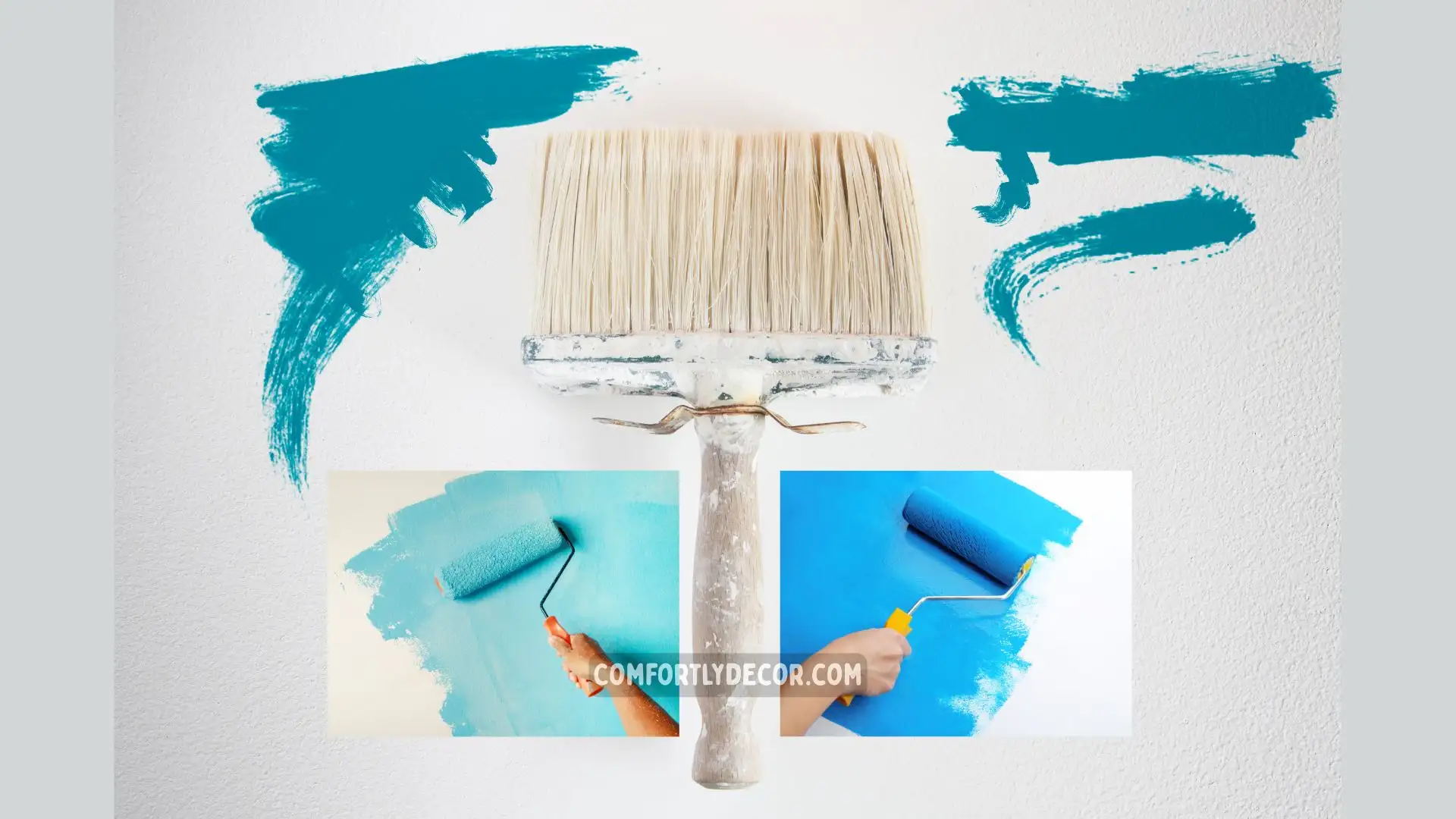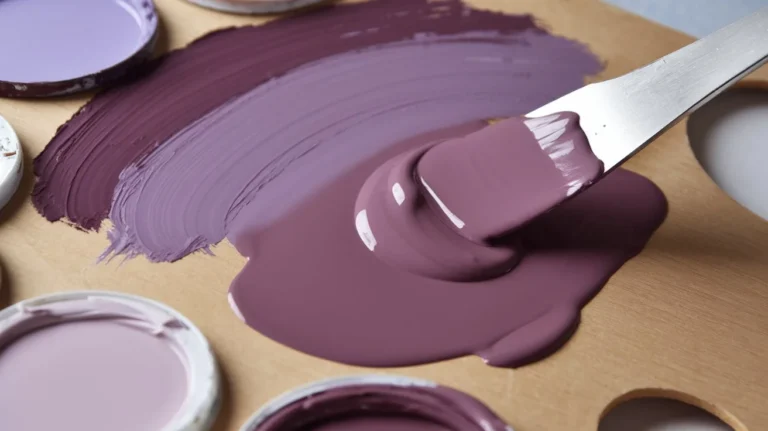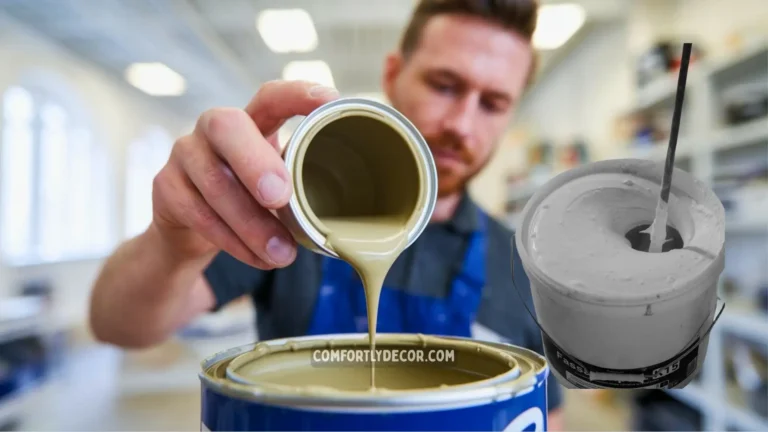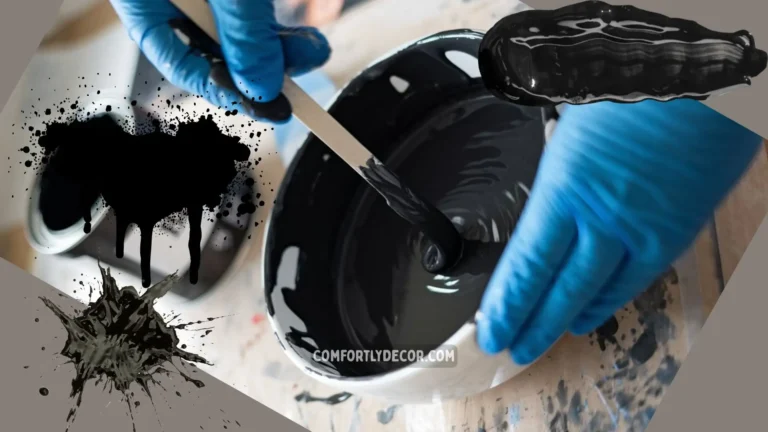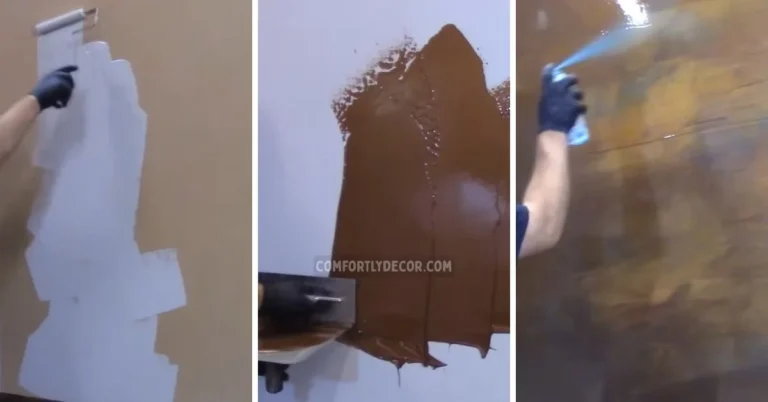How to Make Cyan Color Paint
Cyan is a vibrant and captivating color that sits perfectly between blue and green on the color wheel. It’s a favorite among artists and DIY enthusiasts for crafting serene seascapes, bright skies, and bold modern designs. But how do you achieve this enchanting hue with paints? This guide will walk you through everything you need to know about creating cyan paint, whether you’re a seasoned artist or someone just beginning to explore color mixing.
From understanding the characteristics of cyan to a step-by-step guide on mixing it, we’ve got it covered. Prepare your palette, and let’s get started!
Understanding Cyan Color
Cyan is one of the three primary colors of light in the RGB color model, but in the world of pigments, cyan is a secondary color made by blending blue and green. Known for its versatility, cyan can range from light aquamarine shades to deeper teal hues, depending on how you mix it.
The wide range of cyan shades makes it a beloved choice for artists aiming to convey clarity, calmness, or vibrancy in their creations. Its brightness provides striking effects, whether it’s front and center in a painting or as part of a complementary scheme.
Materials Needed
Before we start mixing, make sure you have the necessary materials on hand. Here’s what you’ll need:
- Blue pigment (Phthalo Blue is recommended for its bold undertone)
- Green pigment (Phthalo Green works great for bright, vivid results)
- White paint (optional, for lightening shades of cyan)
- A palette or surface for mixing
- A palette knife or brush for blending
- Water (for mixing watercolors)
Having the right materials ensures a smoother process and better results, so invest in quality pigments and tools for the best experience.
Step-by-Step Mixing Guide
1. Start with Equal Parts of Blue and Green
The base for cyan is created by blending blue and green. Use your palette knife or brush to mix equal amounts of blue and green paint on your palette. Watch the pigments combine to form a striking cyan shade.
2. Adjust the Proportions
Not all cyan shades are created equal. Want a softer, more soothing cyan? Add a little more green. Need something bolder and closer to cerulean? Try increasing the amount of blue. Continue experimenting until you achieve your desired balance.
3. Add White for Lighter Shades
For a lighter, pastel cyan, gradually introduce white paint into your mixture. This softens the hue, perfect for highlighting airy skies or tranquil water scenes.
4. Create Unique Variations
Want to explore? Try these combinations:
- Bright Aquamarine: Add a small amount of yellow paint to make your cyan livelier.
- Deep Teal: Incorporate a touch of black or dark blue to give the cyan a richer, darker tone.
The beauty of color mixing is in the experimentation. Each tweak brings a unique result that adds personality to your artwork.
Achieving Light and Dark Cyan
To create light cyan tones, slowly add white paint while blending thoroughly to avoid patchiness. For darker cyan variations, mix in a small amount of black or additional dark blue. These adjustments help you tailor the intensity of your cyan and achieve dynamic depth in your compositions.
Tips for Refining Your Cyan Shades
- Test your mixed color on a scrap piece of paper or canvas before applying it to your artwork.
- If working with acrylics or oils, work quickly and blend efficiently, as some paints dry faster than others.
- Adjust proportions gradually to maintain control over the mixing process.
Adding Special Effects
Beyond the basic cyan mix, you can experiment with slight changes for special effects:
- Vibrant and bold: Blend blue and green, then add a touch of yellow for an intense aquamarine cyan.
- Earthy and muted: Add gray to create subdued variations suitable for minimalist or vintage-style projects.
These nuances help create a broad spectrum of cyan-based shades that you can use across a variety of artistic disciplines.
Mixing Cyan for Watercolors
When working with watercolors, achieving cyan requires a slightly different approach:
- Start with a generous amount of blue paint.
- Gradually mix in small quantities of green pigment until the right cyan tone appears.
- Adjust lightness by controlling the amount of water on your brush.
Watercolors allow for fluid transitions between colors, making it an ideal medium for gradient effects and washes.
Making the Most of Cyan
Cyan is a highly versatile color that can easily find its place in various artistic and design applications. Here’s how you can incorporate it:
- Modern art and interiors: Cyan offers a bold, striking aesthetic.
- Landscapes: Incorporate cyan into skies, oceans, and other environmental elements for a fresh and natural look.
- Design and branding: Often used digitally, cyan creates a sleek, modern appeal in design projects.
FAQs
Explore Your Creativity
Mixing cyan paint is a rewarding process that opens up endless possibilities for your creative projects. From its unique variations to its versatility in different mediums, cyan is a color worth mastering.
We hope this guide empowers you to explore and experiment with cyan. Don’t be afraid to get your hands messy and try new combinations. Each attempt will help you refine your technique and better understand the art of color mixing.
Go Further with Your Painting Skills
Feeling inspired? Whether you’re just beginning your artistic journey or are an experienced painter, there’s always more to explore. Take your art to the next level by experimenting with new colors and techniques. Happy painting!

I am Mindy Medford, a home décor, paint, and design specialist with over a decade of hands-on experience transforming ordinary spaces into cozy, personality-packed havens. Since 2013, I have been helping homeowners discover the art of beautiful yet practical design. I share my love for color, texture, and layout—making stylish interiors & exteriors feel achievable for everyone. Whether it’s picking the perfect paint shade or reimagining a small space, I’m here to guide and inspire.

